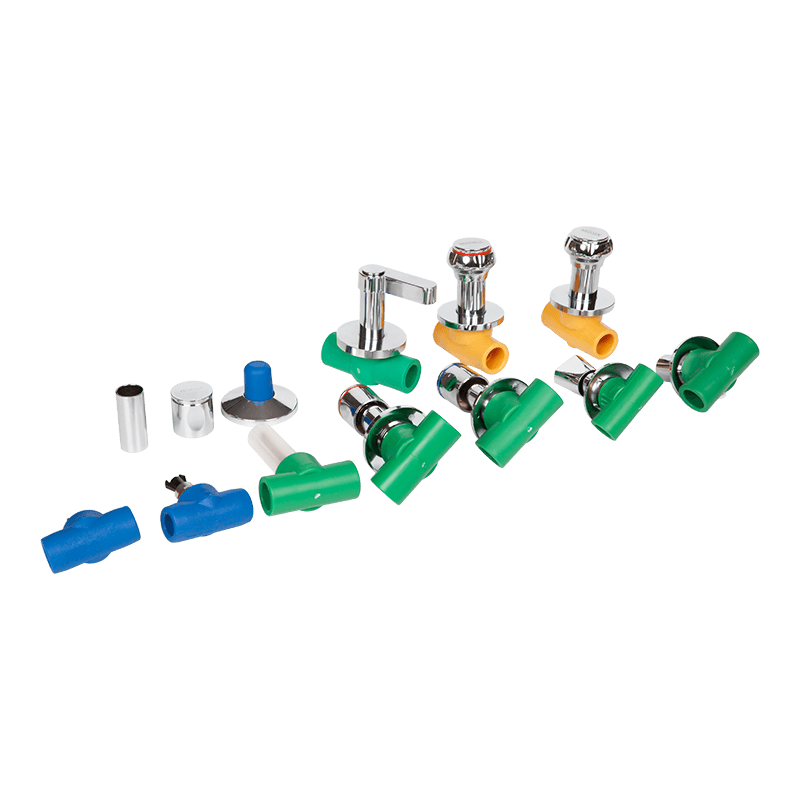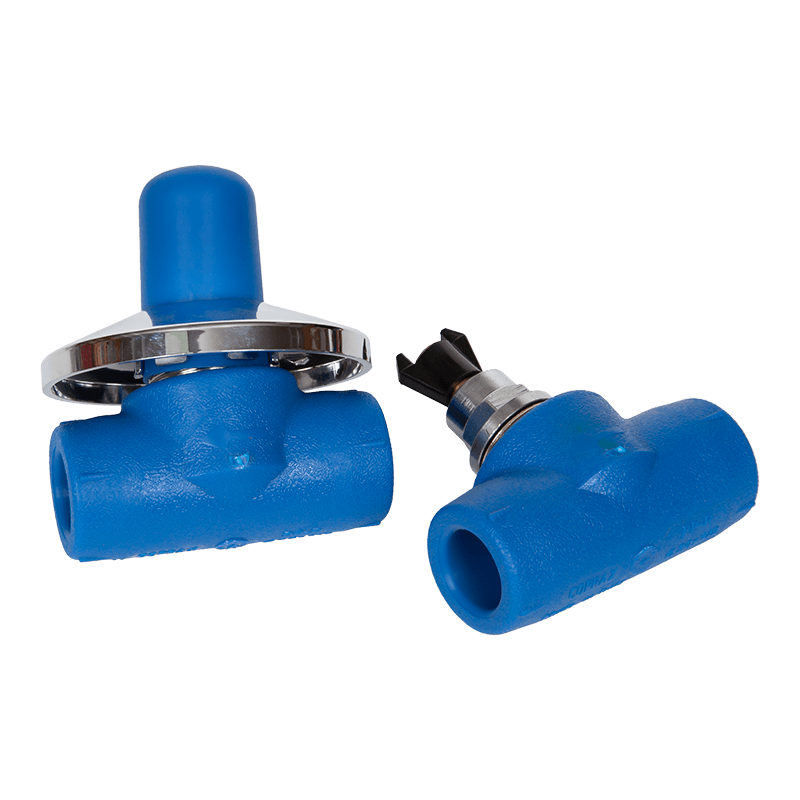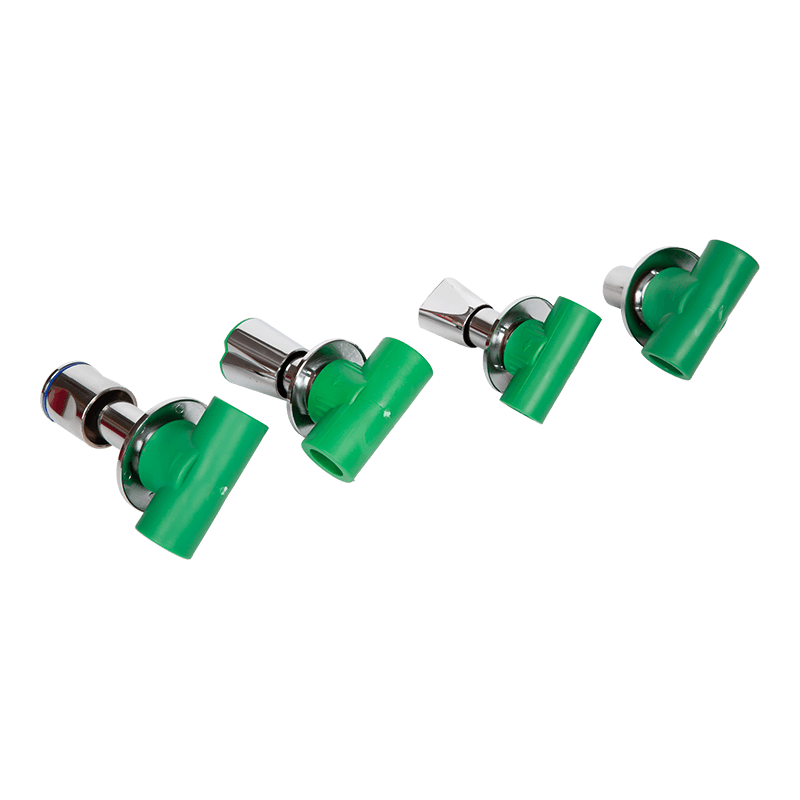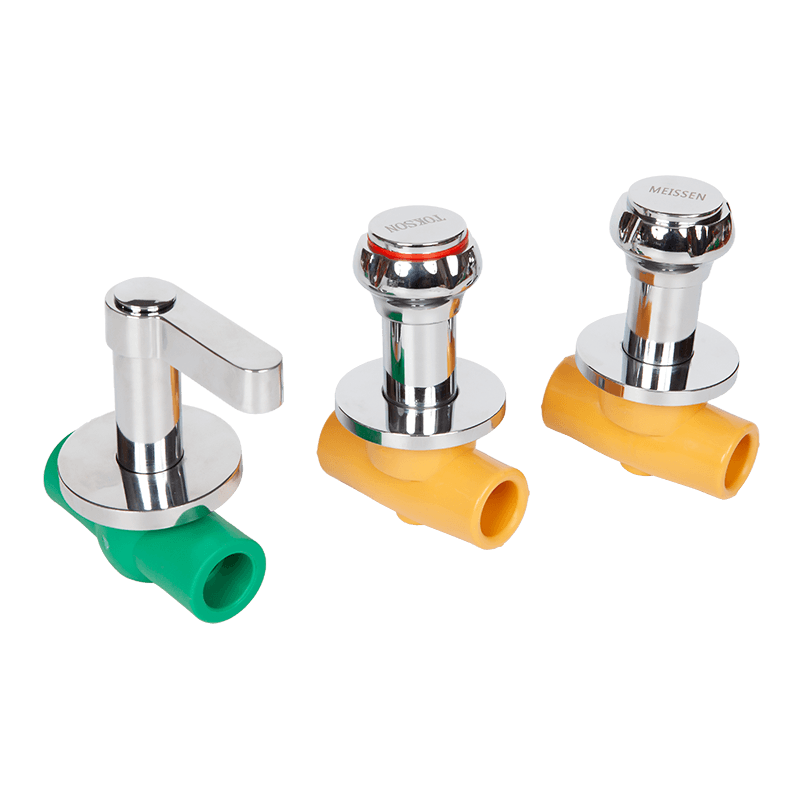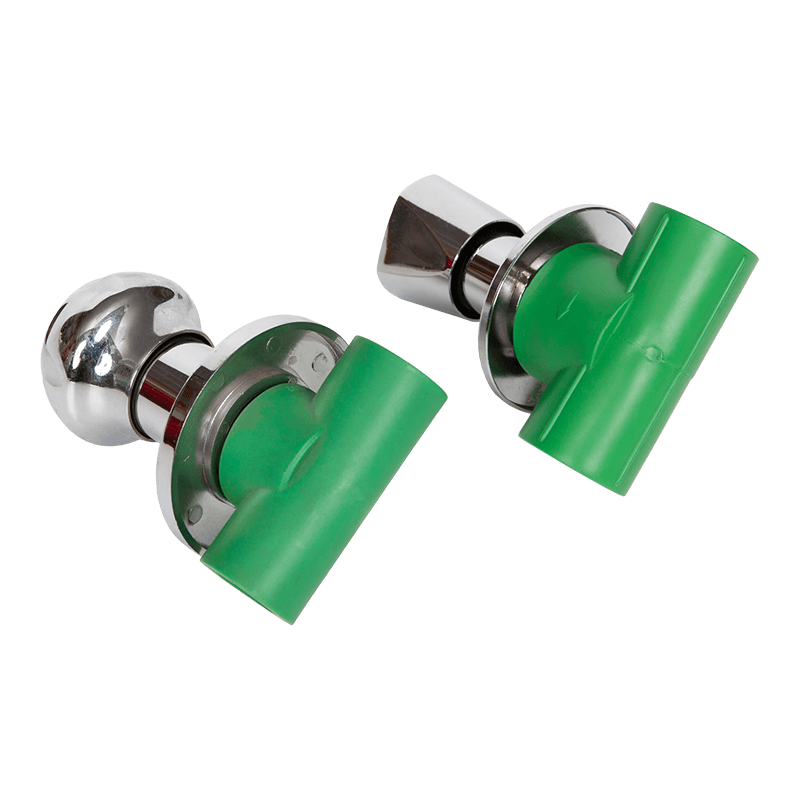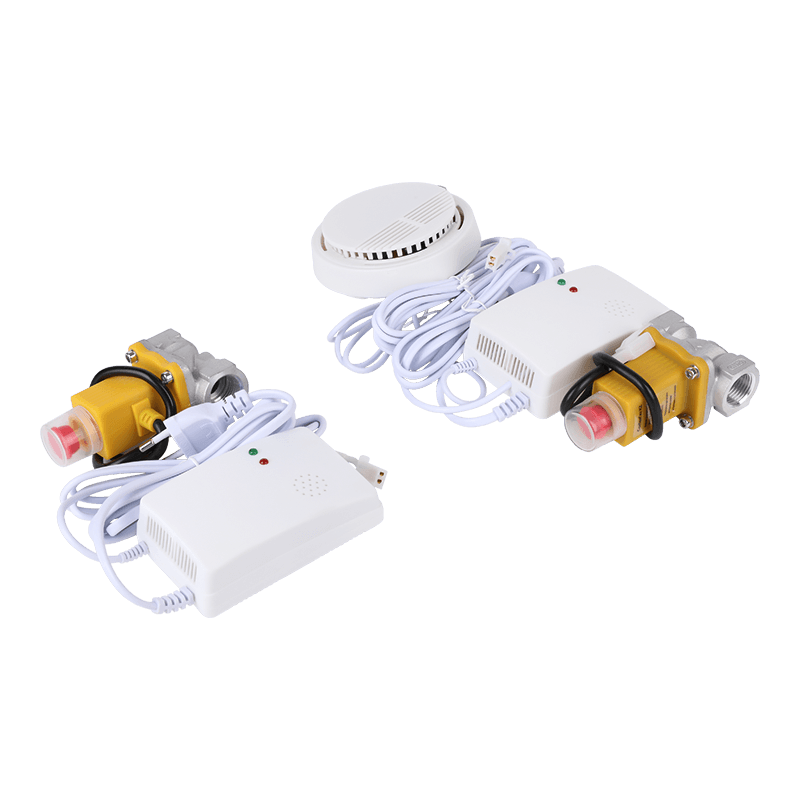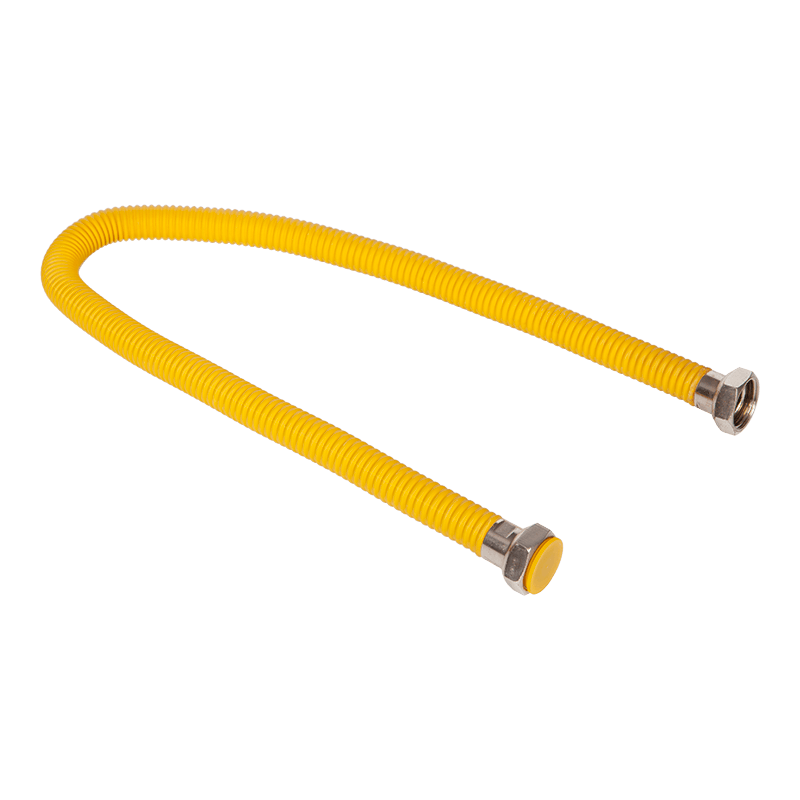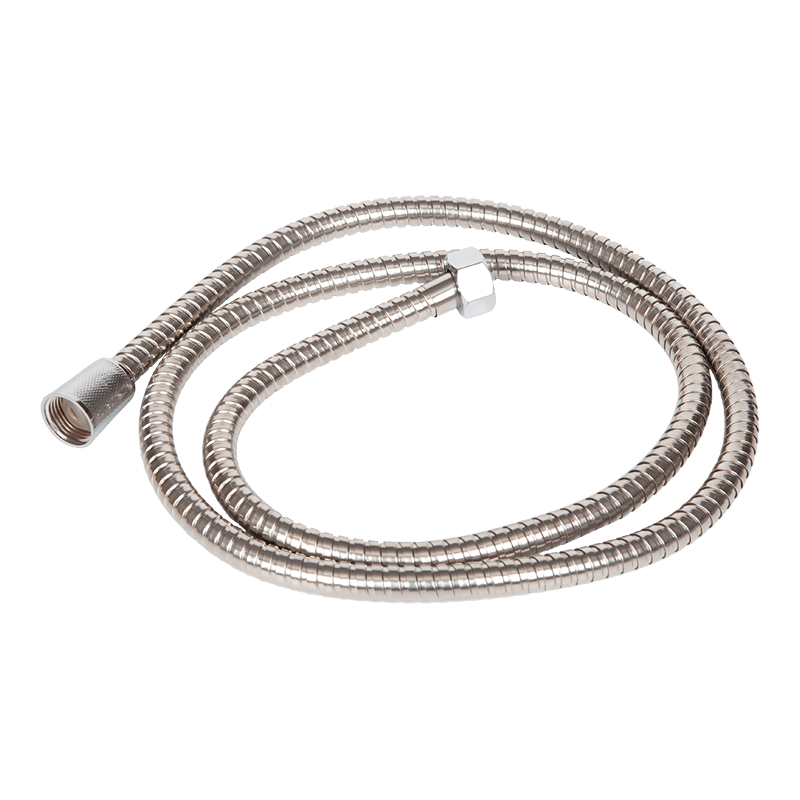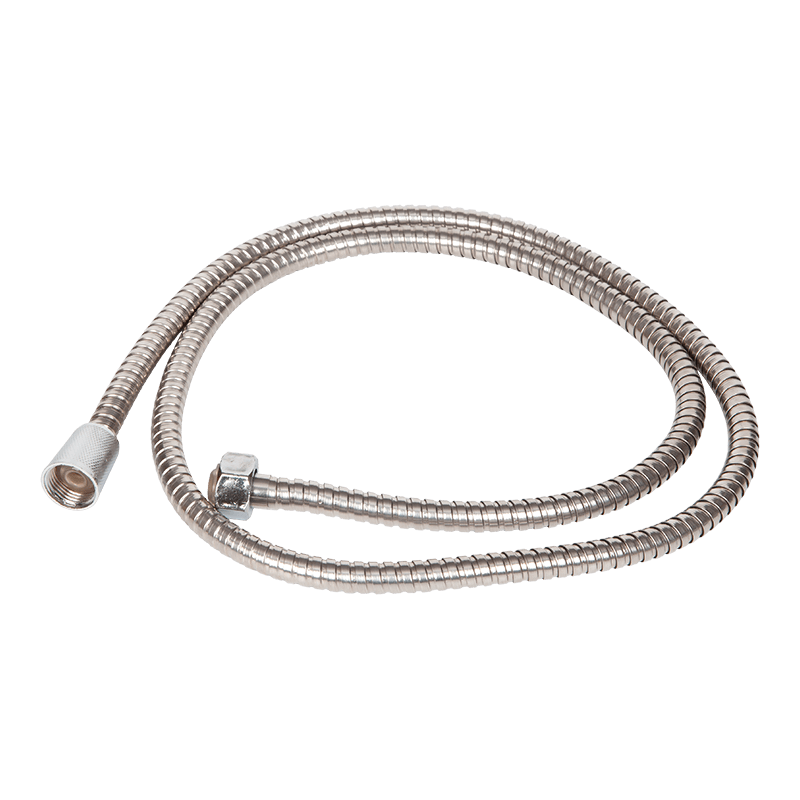Copper fittings are an indispensable and important part of the pipeline system. They have good corrosion resistance, good thermal conductivity and weldability, and are widely used in water supply, heating, refrigeration and industrial fluid transmission. So, how are these precise and sturdy copper pipe fittings made?
1. The raw materials of copper fittings are high-quality electrolytic copper plates or copper rods. These materials are of high purity and few impurities, which can ensure the stable performance of the final product. After strict inspection, the raw materials will be sent to the cutting machine for preliminary processing and cut into copper billets of specific lengths and shapes according to design requirements.
2. Next, the copper billet will enter the forming stage, which usually includes a variety of processes such as stamping, forging or casting. The stamping process uses a mold to apply pressure to the copper billet to deform it into the required pipe fitting shape, such as elbows, tees, etc. The forging process uses hammering or pressure to make the copper billet plastically deform at high temperature to obtain higher strength and finer structure. The casting process is suitable for pipe fittings with complex shapes and mass production. The molten copper liquid is injected through the mold and cooled to form.
3. The formed copper pipe fittings also need to undergo a series of post-processing processes to improve its surface quality and performance. The pipe fittings will be annealed to eliminate internal stress and improve toughness. Subsequently, the surface will be polished, polished or pickled to remove burrs, scales and stains to make the surface of the pipe fittings as smooth as a mirror. For pipe fittings that require special protection, nickel plating, chrome plating and other surface treatments will also be performed to enhance their corrosion resistance and aesthetics.
4. In the manufacturing process, quality control is a crucial link. From the entry of raw materials to the exit of finished products, strict quality inspection and testing are required at every link, including testing the chemical composition and physical properties of raw materials, inspecting the size, shape and appearance of formed pipe fittings, and pressure testing and sealing testing of the final products. These measures ensure the quality and reliability of Copper Fittings.
With the advancement of science and technology and the improvement of environmental awareness, the manufacturing process of Copper Fittings is also constantly developing in the direction of intelligence and greening. The introduction of automated production lines has improved production efficiency and product quality, while the application of environmentally friendly materials and processes has reduced the impact on the environment. The manufacturing of Copper Fittings is a complex and delicate process that integrates knowledge and technology from multiple fields such as material science, machining, and surface treatment. Through continuous technological innovation and quality improvement, Copper Fittings will continue to play an important role in the pipeline system and provide reliable support for people's lives and industrial production.

 ЯЗЫК
ЯЗЫК  English
English русский
русский